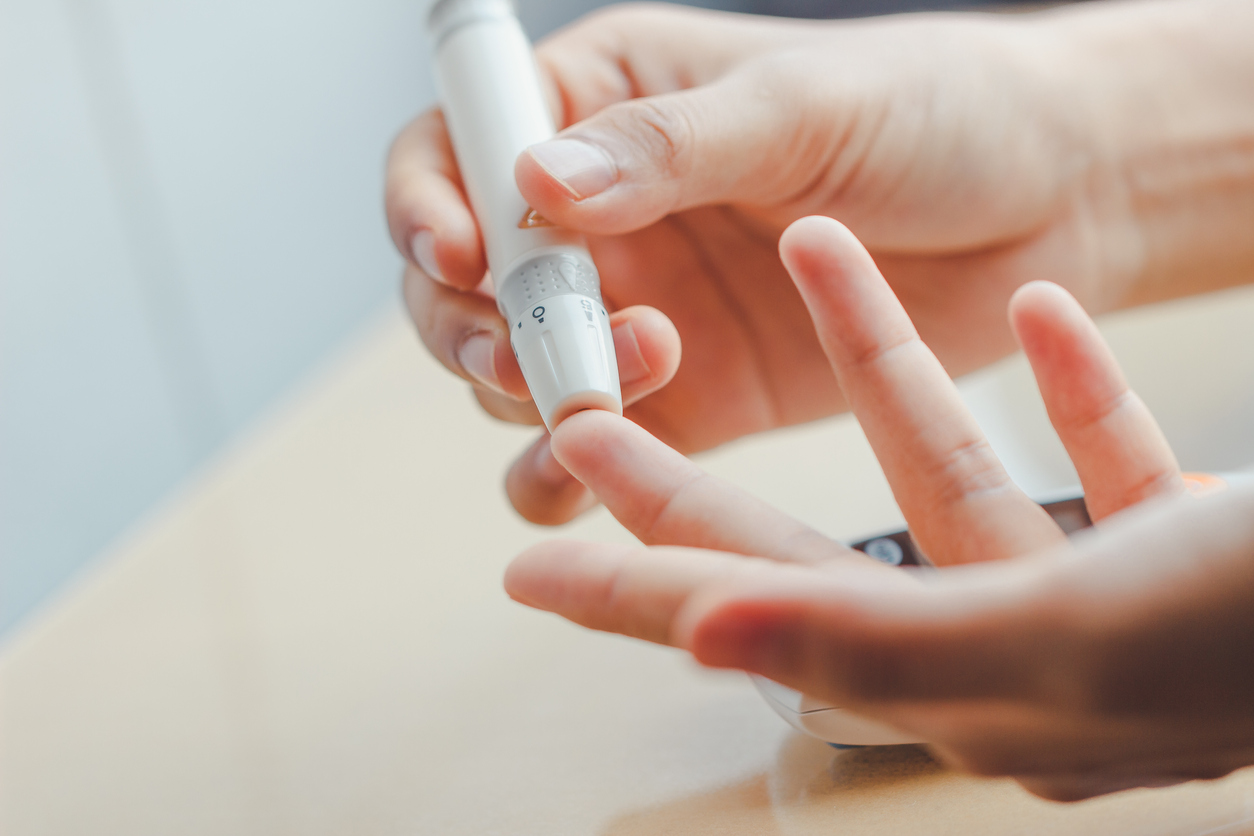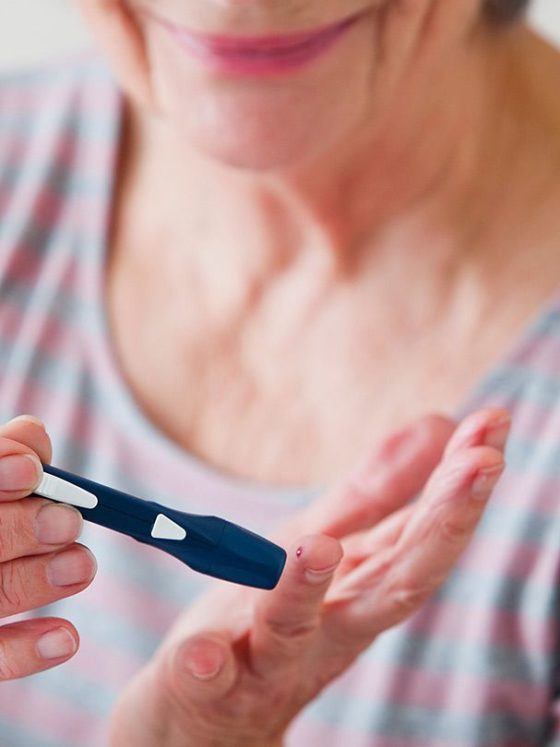Although most people know that there are two types of diabetes, not everyone is familiar with their distinctions. Blood sugar levels can become too high in people with type 1 and 2 diabetes. This is because the body either does not produce enough insulin or does not use it effectively.
Type 1 Diabetes
Diabetes type 1 is a chronic disease. Unless a person takes medication to control their blood sugar levels, the body does not produce enough insulin, and blood sugar levels stay high. The destruction of pancreatic beta cells in type 1 diabetes (T1D), an autoimmune condition mediated by T cells, results in insulin deficiency, which causes hyperglycemia and a propensity for ketoacidosis. Type 1 diabetes is commonly caused because of an immune system reaction. The body responds by attacking the pancreatic beta cells that make insulin. Although it can develop at any age, it typically first manifests in children and young adults.
Type 2 Diabetes
Type 2 diabetes is a chronic condition that prevents your body from properly utilizing insulin. Although your body still produces a tiny quantity of insulin, it is insufficiently effective if you have type 2 diabetes. The high levels of blood sugar brought on by an unhealthy diet and little exercise are too much for the pancreas to handle.
Type 1 And Type 2 Diabetes: What Are the Differences
Elevated blood glucose levels are related to Type 1 and Type 2 diabetes. The two illnesses do, however, vary from one another in certain key ways. Understanding hypoglycemia vs hyperglycemia, which represents the extremes of the glucose distribution, is essential for understanding diabetes situations. Here are some key differences:
- Type 1 is thought to be brought on by an autoimmune response and manifests in infancy. Type 2 diabetes is a chronic condition that takes years to develop and is linked to unhealthy lifestyle choices like inactivity and obesity.
- In type 1 diabetes, the body’s immune system damages the pancreas, which prevents the body from producing insulin. The body either becomes resistant to insulin in type 2 diabetes or produces insufficient amounts of the hormone to lower blood sugar levels.
- Family history is the only recognized risk factor for Type 1 diabetes. On the other hand, advancing age, obesity, sedentary lifestyle, and ethnicity are known risk factors for Type 2 diabetes.
- Type 1 diabetes will typically be identified between the ages of two and fifteen. Contrarily, the majority of Type 2 diabetes cases appear in people over the age of 50.
- Type 1 diabetes has no other known cure besides insulin replacement, and death is quite likely. Contrarily, Patients can control type 2 diabetes with a healthy diet, exercise, prescription drugs, or insulin.
Type 1 diabetes happens when the pancreas cannot produce enough insulin, whereas type 2 diabetes happens when the body becomes resistant to insulin. However, as per the experts at Tandem Diabetes, patients can control diabetes at home by following their medication regimens. A diet is frequently required for this, and numerous programs are available to assist.












